In this article, we’ll cover some of the methods and lessons you should use to study God’s Word. We’ll also talk about the importance of journaling, the benefits of which are numerous, and the advantages of reading the Bible from left to right. Listed below are a few of these methods. Keep reading! Is the Bible hard to read? These are some helpful ways to make the process easier. But don’t worry if you can’t write a lot, just remember to include the date, chapter, and verse of the Bible you’re reading, as this will make it easier to identify God’s Word.
Lessons
You may wonder how to study the Bible. Here are some simple steps to get you started. You should first pick a book from the New Testament and begin with it. It is best to plan to study that book for three to four weeks. Make sure you pray for spiritual understanding of the passage you are studying. You may find it helpful to use a Bible dictionary to understand certain words. By reading the Bible several times, you will have a better understanding of its content.
Methods
When you want to start your journey of understanding the Bible, it can be helpful to learn some basic techniques. There are many methods for studying the Bible that are geared toward different levels of study. Using a specific method can help you develop your own techniques, find your favorite resources, and make the study more meaningful. Listed below are some tips that can help you get started. These methods are great for beginners and advanced students alike.
Resources
When you study the Bible, you are likely hungry for God’s word. To get the most out of your time studying the Bible, you need to develop a teachable spirit. When you are humble and willing to learn, God will reveal Himself. Choosing the right resources for Bible study will greatly increase your learning experience and help you discover His truth. Here are some helpful tips to make Bible study fun and effective:
Reading from right to left
You may be asking yourself, “Should I read the Bible from right to left?” The answer is yes, but how should I read it? Here are some tips to help you navigate through the text. First, you need to understand that Hebrew is written from right to left. This is how ancient engravers wrote, holding a hammer in their stronger hand and a chisel in their left. Later, writing tools became available, including ink on parchment and a stylus on clay. The practice changed when Greek writers began manipulating Hebrew scripture.
Using a concordance
Using a concordance to study your Bible is an excellent way to expand your vocabulary and to find deeper insight into Scriptures. It is a useful tool for learning definitions of Greek, Hebrew, and Aramaic words. Concordances are also helpful for looking up specific Bible verses or terms that you might have difficulty identifying. Using a concordance can also help you memorize verses and terms more easily.
Verse mapping
If you are one of those people who find it hard to read the Bible, you may want to try verse mapping. Kristin Cambron, a Bible study instructor, discovered Verse Mapping a few years ago, and it changed the way she read the Bible. After implementing it, she started to love reading the Bible. Now, she reads it as if it was a new language. And she finds it very rewarding to find a way to apply the idea in her daily life.
Identifying context
Identifying the context of a passage is an important aspect of biblical interpretation. The context is what is surrounding the text and what it is trying to convey. For example, a book of Scripture often provides significant historical details. The best commentaries include an introductory chapter that sums up these background issues. This helps students understand the context of the passage more effectively. Once they have a basic understanding of the context of the passage, they can then move on to more in-depth study of the text.

